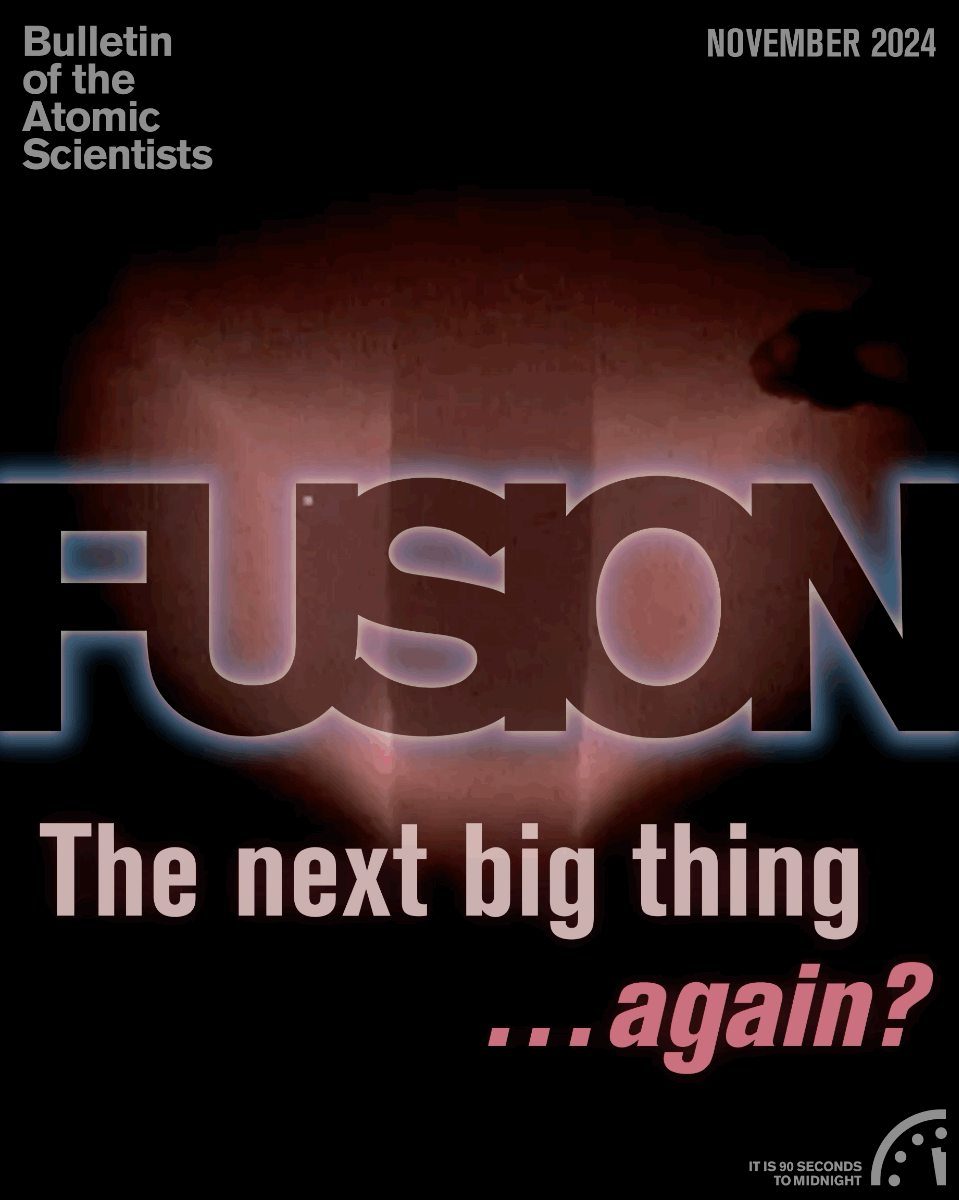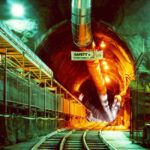An overview of the fusion landscape
By Robert J. Goldston | November 12, 2024
June 2021 photo showing ITER vacuum vessel sector #6, with two panels of thermal shielding ready to slide into place. Image courtesy of ITER / Chang Hyun Noh
An overview of the fusion landscape
By Robert J. Goldston | November 12, 2024
Loading...
Together, we make the world safer.
The Bulletin elevates expert voices above the noise. But as an independent nonprofit organization, our operations depend on the support of readers like you. Help us continue to deliver quality journalism that holds leaders accountable. Your support of our work at any level is important. In return, we promise our coverage will be understandable, influential, vigilant, solution-oriented, and fair-minded. Together we can make a difference.
Keywords: Nuclear Fusion Energy, climate change, inertial fusion, magnetic fusion energy, plasma
Topics: Nuclear Energy






















The author, Robert J. Goldston operates Zax Fusion Energy Consulting LLC, which provides analysis for fusion investors. Since almost all the experts in the nuclear fusion energy experimental field tend to be fans and promoters of the field the largely technically naive financial investors have been relying upon them as sources for ‘critical assessments.’ Those investors, journalists and the general public, have both been impressed and snowed by the exotic arcane jargon employed by the technical leader in this research genre. Three of the terms employed are ‘atmosphere-seconds,‘ ‘energy gain’ and ‘ignition.’ They are employed in ways that are unfamiliar… Read more »
Contrary to the author’s statement, there is at least one private company whose concept is based on laser Indirect Drive— viz. Longview Fusion Energy Systems, run by several former technologists at the NIF.
Also, Xcimer Energy proposes to use a combination of indirect and direct drive.
Nevertheless, it is remarkable that the only fusion concept that has demonstrated scientific feasibility is so underrepresented among the fusion startups.
It’s a big stretch to say that laser fusion, “has demonstrated scientific feasibility.” The great breakthrough at NIF was still a factor of a thousand below “engineering break even” as the fusion community likes to call it. Engineering break even is the one that everyone else calls breakeven. “Scientific feasibility” also requires reproducibility, and so far, NIF has not demonstrated that. I have heard of a few shots at NIF of equal or greater return, but all have still been down around 1000x of break even. Reproducibility means that you can do it deterministically, not haphazardly. Science also requires independent… Read more »
Fusion research is really a very bad joke. Billions spent, with billions more needed to reach supposed commercialization with an ever receding future timeline, always decades away. Let’s concentrate on proven, practical, existing clean energy technologies. This is needed now.